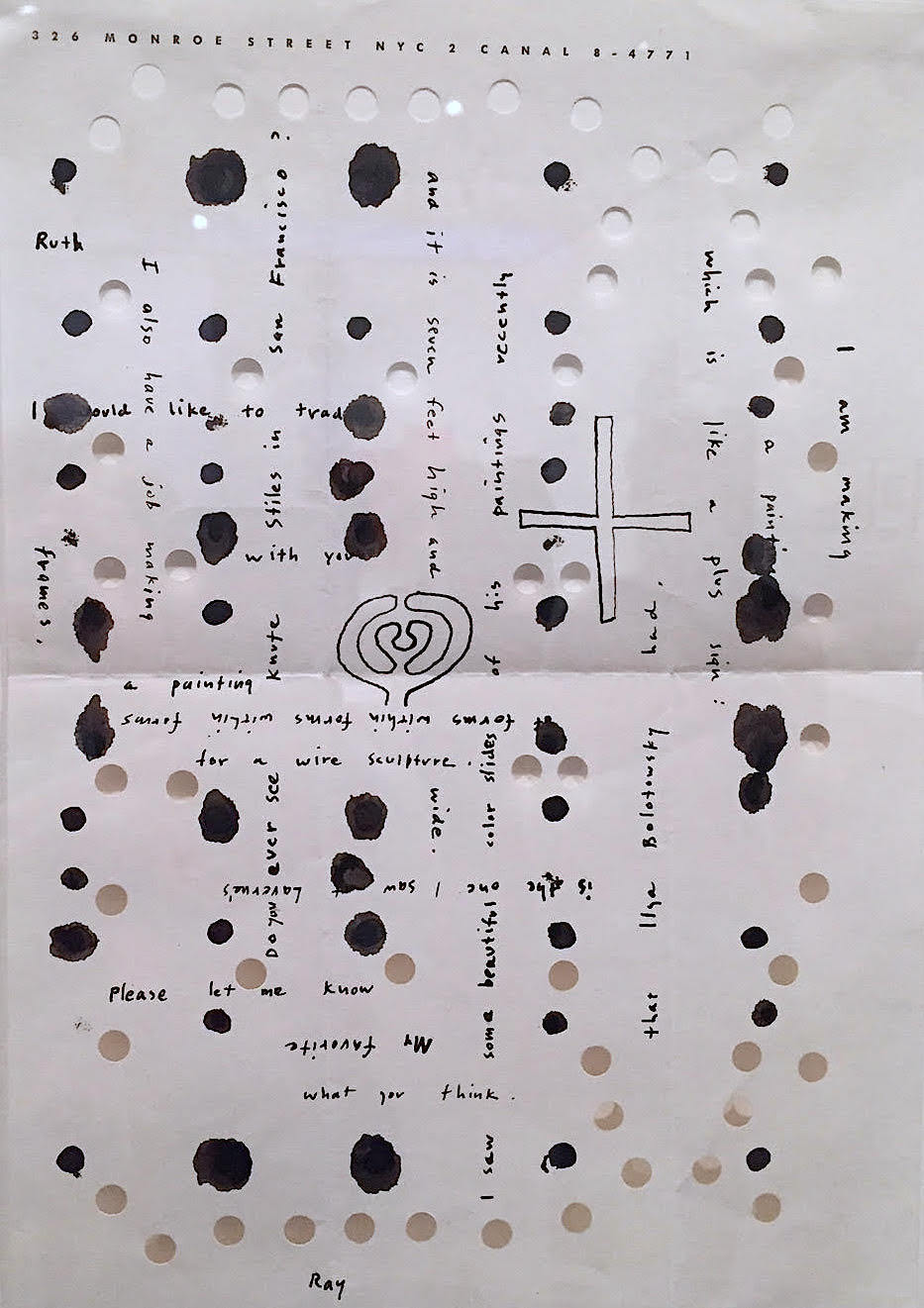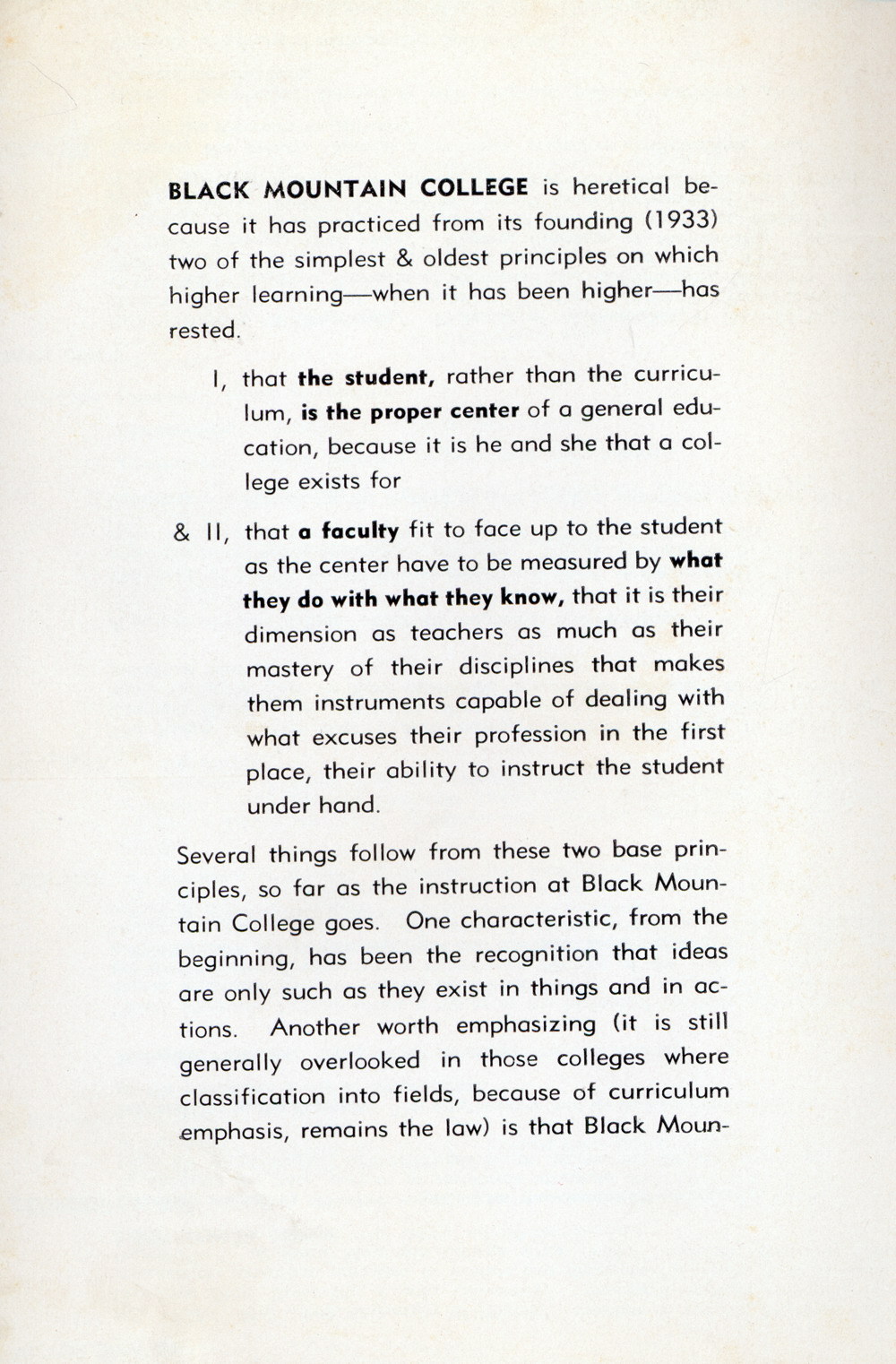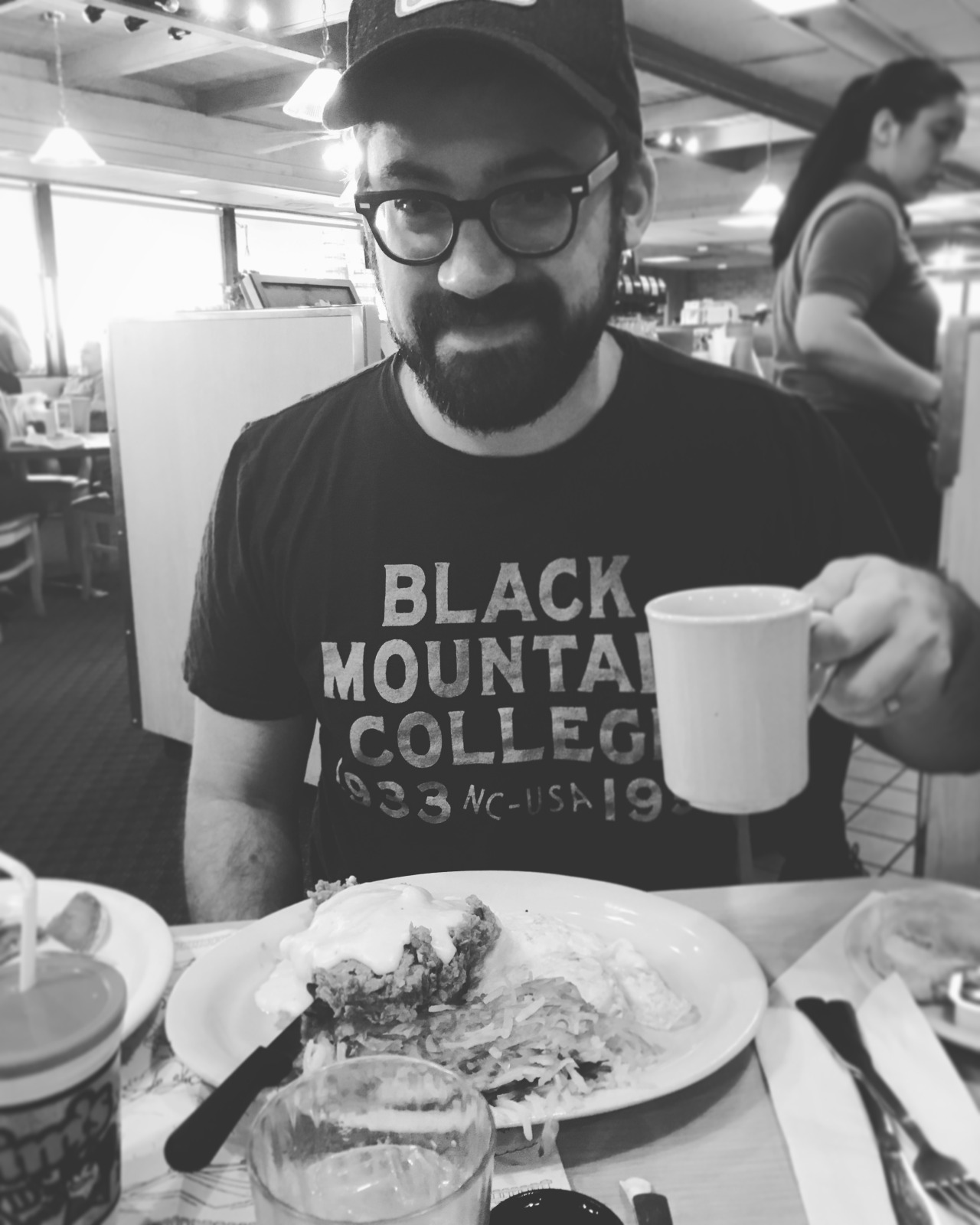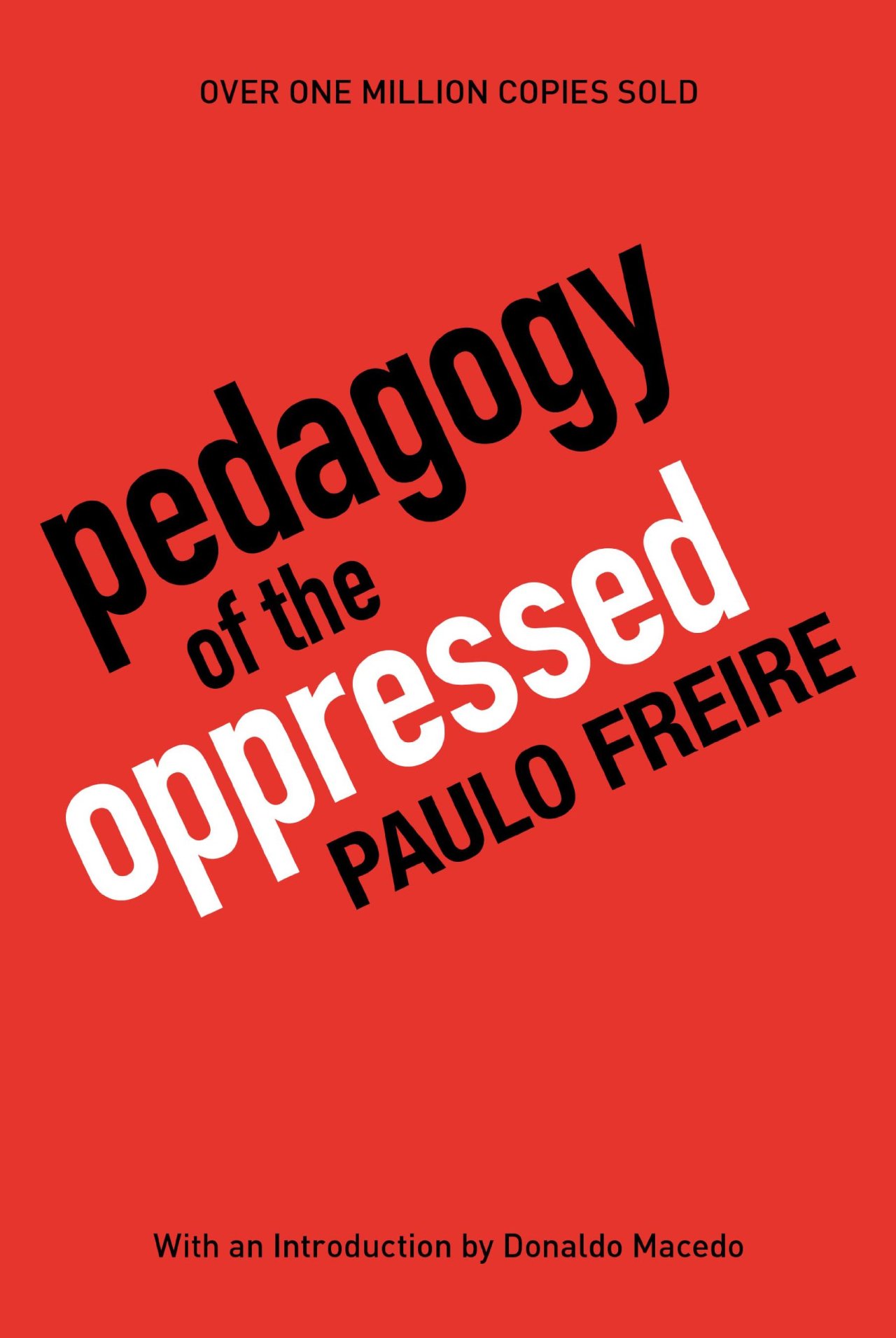I was made for the library, not the classroom. The classroom was a jail of other people’s interests. The library was open, unending, free.
When parents send their children to school, they hope that, in the end, the young people will be personally happy and publicly useful.
The human animal is a learning animal; we like to learn; we are good at it; we don’t need to be shown how or made to do it. What kills the processes are the people interfering with it or trying to regulate it or control it.
Are any of us self-taught? It just means [you] didn’t go to school for it. But you do have teachers. You have mentors. You learn from everybody. Emerson said, ‘I will learn from everyone and be no one’s disciple.’
Leap Before You Look: Black Mountain College 1933–1957
Therein lies the key: Black Mountain College was less an institution than a situation.”
— Helen Molesworth
This is a wonderful catalog — a beautiful, huge, elegant book — of a show I was lucky enough to see at the Wexner Center while passing through Ohio.

If you’ve never heard of Black Mountain College, Louis Menand’s New Yorker piece, “Learn By Painting,” is a good start:
Black Mountain was launched in the Depression, and for twenty-four years it led a hand-to-mouth existence in the foothills of the Blue Ridge Mountains, outside Asheville, North Carolina. In a good year, enrollment was sixty. When at last the money dried up, the college shut its doors. But to the extent that finances permitted, and depending on who was available to teach, it offered a full liberal education. Students could take courses in science, mathematics, history, economics, languages, and literature.
What made Black Mountain different from other colleges was that the center of the curriculum was art-making. Students studied pretty much whatever they wanted, but everyone was supposed to take a class in some kind of artistic practice—painting, weaving, sculpture, pottery, poetry, architecture, design, dance, music, photography. The goal was not to produce painters, poets, and architects. It was to produce citizens.
In this trailer for the show, you can see how many amazing mid-century artists made their way through there:
You can see a great collection of BMC-related stuff over at Rob Greco’s site, like this “Plan for the Operation of Black Mountain College” by Charles Olson:

Or this letter from Ray Johnson to Ruth Asawa:

Or these pages from the Black Mountain College bulletin in 1952:

Seeing the show and reading the catalog made me reflect a lot on my undergraduate education — I went to an interdisciplinary school called “The Western College Program” at Miami University, based on a living-learning community, and student-directed education. (Some of the Black Mountain brochures reminded me of the black and white brochures I got as a high school student.)
I liked the show so much I bought a t-shirt (when I where it out, people often ask me, “Where’s that??”)

Highly, highly recommended, especially for art students and educators.
Filed under: my reading year 2016
Paulo Freire, Pedagogy of the Oppressed
There is no such thing as a neutral educational process. Education either functions as an instrument that is used to facilitate the integration of the younger generation into the logic of the present system and bring about conformity to it, or it becomes ‘the practice of freedom,’ the means by which men and women deal critically and creatively with reality and discover how to participate in the transformation of their world.

Filed under: my reading year 2016
Pictures of children making art at the MoMA
I found these while digging in the MoMA’s amazing online exhibition archives. They are pictures of “The Children’s Art Carnival,” which was started by MoMA’s first director of education, Victor D’Amico:
D’Amico’s most widely acclaimed and influential program, the Children’s Art Carnival (1942–1969), was an experiment in modern art education that tested and developed his ideas about children, creativity, and modern art. The Carnival constructed an ideal environment and circumstance for creative development. It transported children into a separate world devoted to their creativity, imagination, and art making. The Carnival was a space for children—no adults were allowed. It empowered children to be self-directed and to take on adult roles in a safe, supportive environment. It also offered children various modes of free-choice learning through visual, tactile, and kinesthetic experiences.
The Carnival had the broadest reach and influence of any of D’Amico’s programs. The influence of the Carnival extended beyond the Museum and the United States. It became a cultural export of the United States, traveling under the auspices of the State Department and the United States Department of Commerce to Barcelona, Milan, India, and to the World’s Fair in Brussels as a symbols of American innovation and freedom.
(Emphasis mine.)
Filed under: unschooling






 betzistar
betzistar